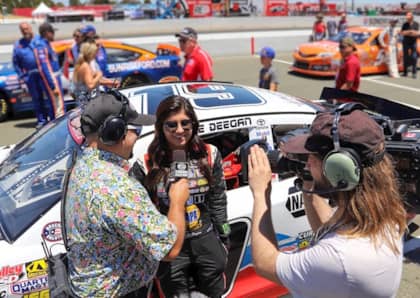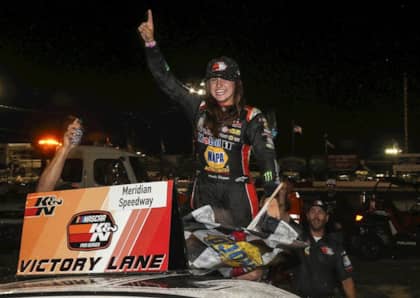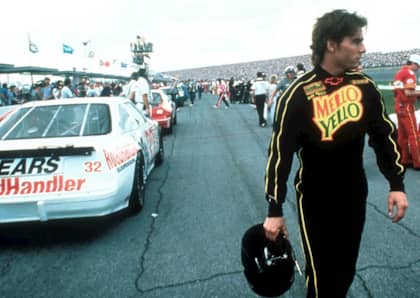The First Ever V8 Fifth-Gen Supra Debuts at NASCAR Xfinity Series
NASCAR has come a long way from its moonshine running roots. For decades, the Big Three duked it out for championships to prove their cars' performance prowess to consumers. Toyota joined the fray 2007, then Dodge dropped out in 2012, which leaves just three manufacturers that compete in NASCAR today. We are grateful Toyota is there to shake up the mix between Ford and Chevrolet.
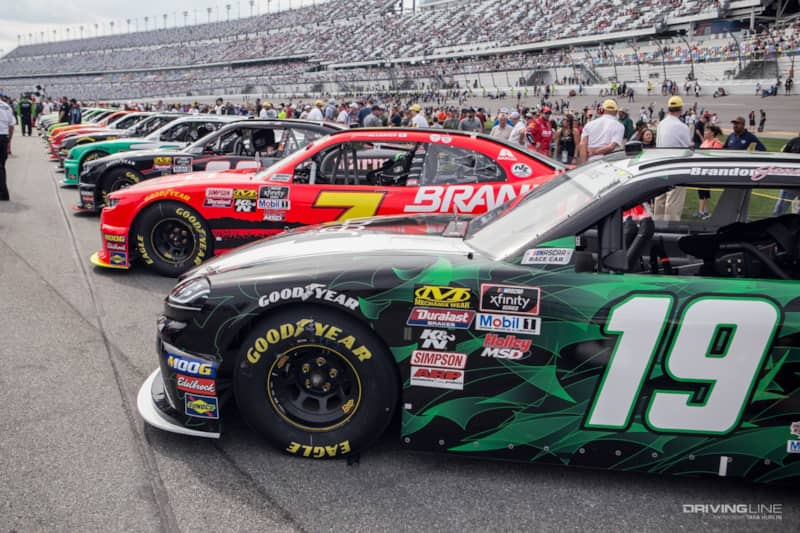
After a seven year run, the Toyota Supra was pulled from U.S. production in 1998, but now the Supra is back for a fifth generation. We’ve all heard about Toyota’s fifth-generation Supra release after the model’s 20-year hiatus, but we were lucky enough to see (and hear) the very first pushrod V8-powered Supra at NASCAR’s Xfinity Series on Saturday, February 16.
Upon the Supra’s reveal, Tetsuya Tada, Supra Chief Engineer, stated, “This car needs to be raced.” He visited many races to seek out the perfect motorsports niche, and when he arrived at NASCAR, he was in awe.
The Supra replaces the Camry, which has racked up four championships and 142 wins during its 12 years in the Xfinity Series. As a side note, the Xfinity Series is the second most prestigious form of stock car racing within the United States and serves as the proving ground for drivers seeking a way into to the Cup Series.
The Xfinity Supra was designed by Calty Design Research of Newport Beach, California alongside Toyota's North American racing division. Having built Toyota NHRA drag cars and Monster Energy NASCAR Cup Series cars, Calty is no stranger when it comes to building top-level race cars.
Stock cars didn’t always look the same. Take the high-flying 1970 Plymouth Superbird, for example. However, by the mid-'80s, the only obvious distinguishable features was a manufacturer logo. A hefty rulebook only allows for minimal differences in the cars, so really, this car is a Supra in name alone. NASCAR's standardized boxy body template doesn't quite mimic the 2020 Supra street car’s sleek fastback shape, but Toyota was still able to maintain the telltale rounded Formula One-styled nose.
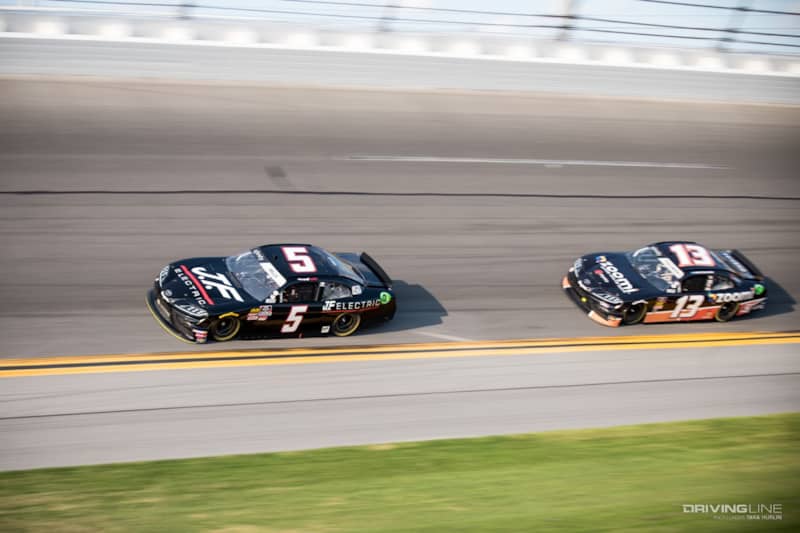
Underneath the shell, you'll find a NASCAR-spec tube-frame chassis. The cars carry carbureted pushrod V8 engines capable of 700-800hp mated to four-speed manual transmissions. Restrictor plates are used on large tracks like Daytona to equalize the playing field and keep drivers from reaching truly unsafe speeds.
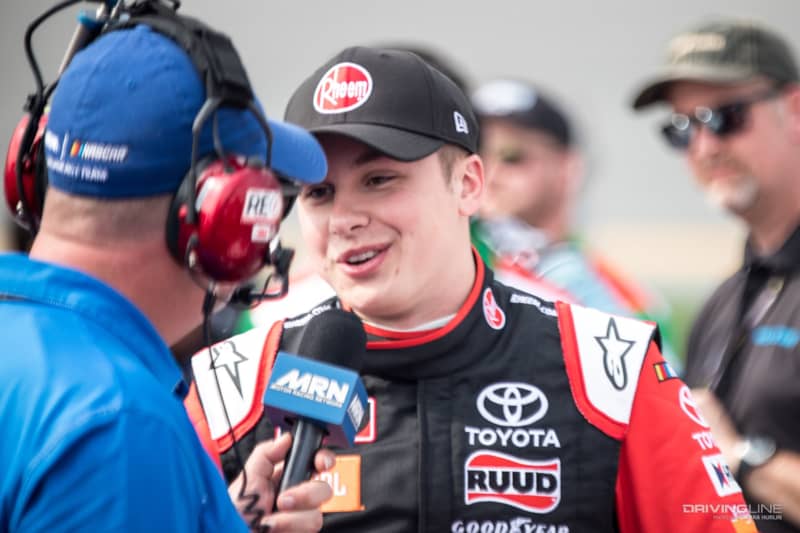
Christopher Bell drives the No. 20 Toyota full time for Joe Gibbs Racing in the NASCAR Xfinity Series. He was one of the first drivers to pilot the new Supra. “It looks outstanding, and it honestly feels a little faster than last year’s Camrys,” he said. Though the aerodynamics are constantly improving, Bell said there wasn’t much of a learning curve with the new flange-fit body. Toyota started swapping the Camry bodies for the Supra bodies just a week before heading to Daytona International Speedway.
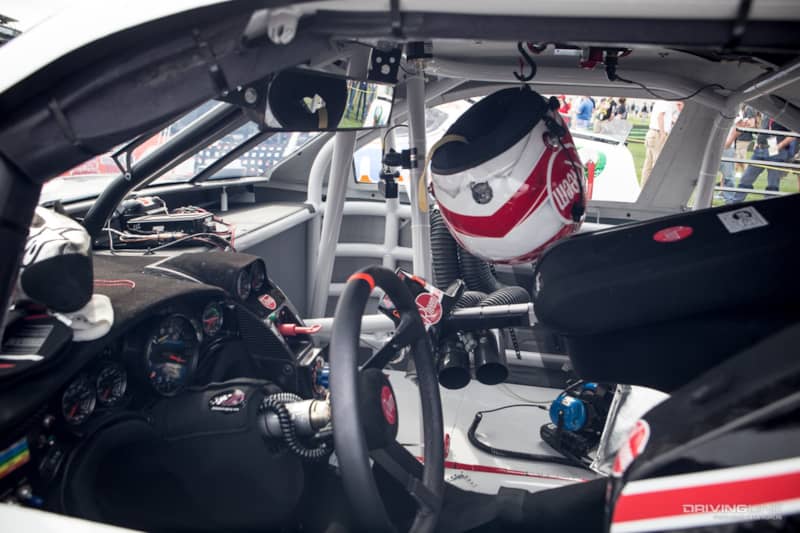
David Wilson, President and General Manager of TRD U.S.A., loves the new look. “The Supra looks great in Xfinity trim, but we are still limited in what can be done design-wise. All the expression is put into the front end,” he said.
Joe Gibbs Racing’s Brandon Jones, the highest-placing Toyota driver, took third place in the Xfinity Series race in car No. 19 after making his way up from his starting position of 16th. He was just .099 seconds behind second place Justin Allgaier.
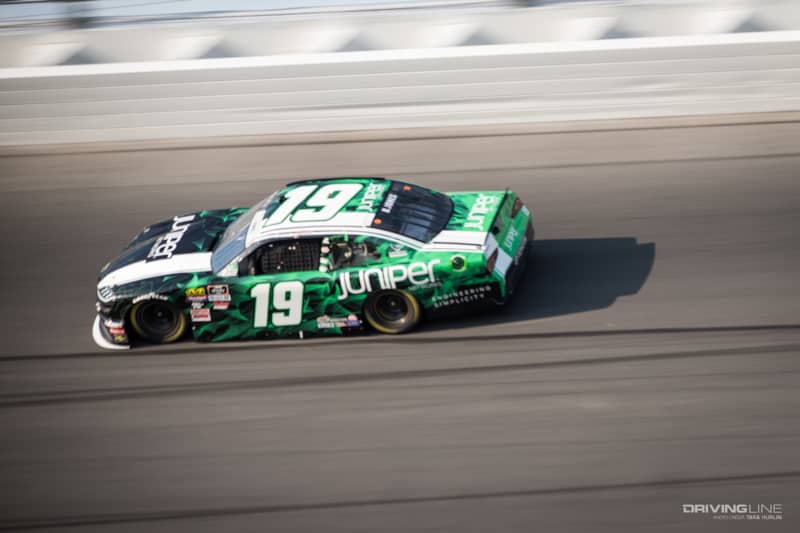
When it comes to racing, Wilson stated that Toyota strives to get their hands dirty and learn by doing. “If we are still racing 10 years from now, that is my definition of success. We want the competition in the showrooms to be a reflection of how Toyota competes in motorsports,” he said.
Toyota, utilizing the Camry bodies, went on to compete in the Daytona 500, the Cup Series season opener, the next day. “We have fast cars, but in this formula of racing, fast cars aren’t enough,” Wilson explained. “This is a team sport, and the challenge that we have today is our focused approach on fewer but higher-quality cars, which doesn’t serve us well in NASCAR’s format. We are outnumbered.” In reality, eight to ten cars would be ideal to compete against the Ford and Chevy fleets. Even so, with only five cars in the competition, Toyota swept the podium for an emotional win.
As far as we’ve heard, Toyota has no plans to replace the Camry with the Supra for the Cup Series in the near future. With the Tundra in the Truck Series, the Supra for Xfinity and the Camry remaining in the Cup Series, the current lineup covers snippets of everything the manufacturer has to offer.




